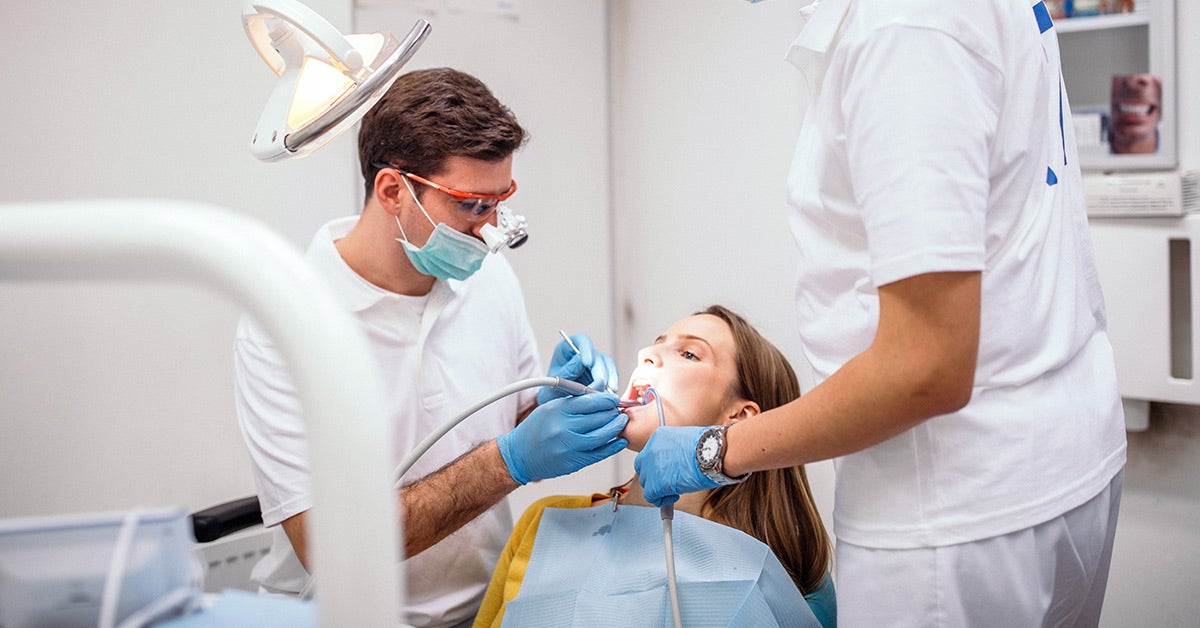Root Canal Treatment (RCT) is a commonly performed dental procedure to save a severely damaged or infected tooth. It involves removing the infected pulp from the tooth’s root canal and sealing it to prevent further infection. It has become gradually popular due to its effectiveness in alleviating pain and preserving natural teeth. This blog post will explore rct treatment, procedure, and recovery process.
Understanding the Purpose of Root Canal Treatment
Before you find out more about the procedure, it is crucial to learn what is rct treatment and its purpose. The primary purpose of the treatment is to save a tooth that would otherwise require extraction. When a tooth’s pulp, which contains nerves, blood vessels, and connective tissue, becomes infected or inflamed due to deep decay, trauma, or repeated dental procedures, the tooth can be at risk of irreversible damage. The procedure aims to remove the infected pulp and protect the tooth from further deterioration, allowing it to remain functional and natural-looking.
The Procedure: Step by Step
After the diagnosis of the dental condition, the dentist outlines the rct treatment steps, which are usually the following.
1. Examination and Diagnosis: The first step is a thorough examination and diagnosis by a qualified dentist. Through visual inspection, dental X-rays, and other diagnostic tools, the dentist determines the extent of the infection or damage and confirms the need for Root Canal Treatment.
2. Numbing the Area: Before the procedure, the dentist administers local anaesthesia to ensure the patient’s comfort. This ensures that the patient feels little to no pain during the treatment.
3. Accessing the Root Canal: The dentist creates a small opening in the tooth’s crown to access the root canal system. This step involves removing decayed or damaged portions of the tooth.
4. Cleaning and Shaping the Canal: Using specialised instruments, the dentist carefully cleans the root canal, removing infected pulp, bacteria, and debris. The canal is then shaped to facilitate effective filling and sealing.
5. Filling and Sealing the Canal: After thoroughly cleaning and shaping the canal, it is filled with a biocompatible material called gutta-percha. This material helps seal the canal, preventing reinfection.
6. Restoring the Tooth: In most cases, the tooth that undergoes Root Canal Treatment will require a dental crown or filling to restore its strength and functionality. The dentist will discuss the best therapeutic option based on the individual case.
Recovery and Aftercare
Following a successful Root Canal Treatment, it is essential to follow proper aftercare instructions to ensure a smooth recovery and long-term oral health. Here are some guidelines to aid in the recovery process:
1. Pain Management: It is normal to experience slight discomfort or sensitivity after the root canal. OTC pain relievers can help alleviate any discomfort, but you must contact your dentist if the pain persists or worsens.
2. Oral Hygiene: Maintaining good oral hygiene is vital for a swift recovery. Brush your teeth gently twice daily using a soft-bristled toothbrush and fluoride toothpaste. Flossing regularly and using an antimicrobial mouthwash can help prevent further infection.
3. Avoid Chewing on the Treated Tooth: To protect the tooth and allow it to heal correctly, avoid chewing on the treated area of the tooth until the dentist confirms its stability. Opt for soft foods and avoid hard or sticky substances that could damage the tooth.
4. Regular Dental Check-ups: Routine dental check-ups are essential to monitor the healing progress and ensure the treated tooth remains healthy. Your dentist will schedule follow-up appointments to assess the tooth’s condition and make any necessary adjustments.
Conclusion
Rct treatment is a valuable dental procedure to save infected or damaged teeth. By understanding the purpose, procedure, and recovery process, patients can confidently approach the treatment and take the necessary steps for a successful recovery. However, the rct treatment cost may vary from person to person according to their tooth problem. Hence, consulting a qualified dentist is crucial for an accurate diagnosis and a personalised treatment plan. With the right treatment and following post-treatment care instructions, patients can enjoy its benefits and preserve their natural smiles for years.




